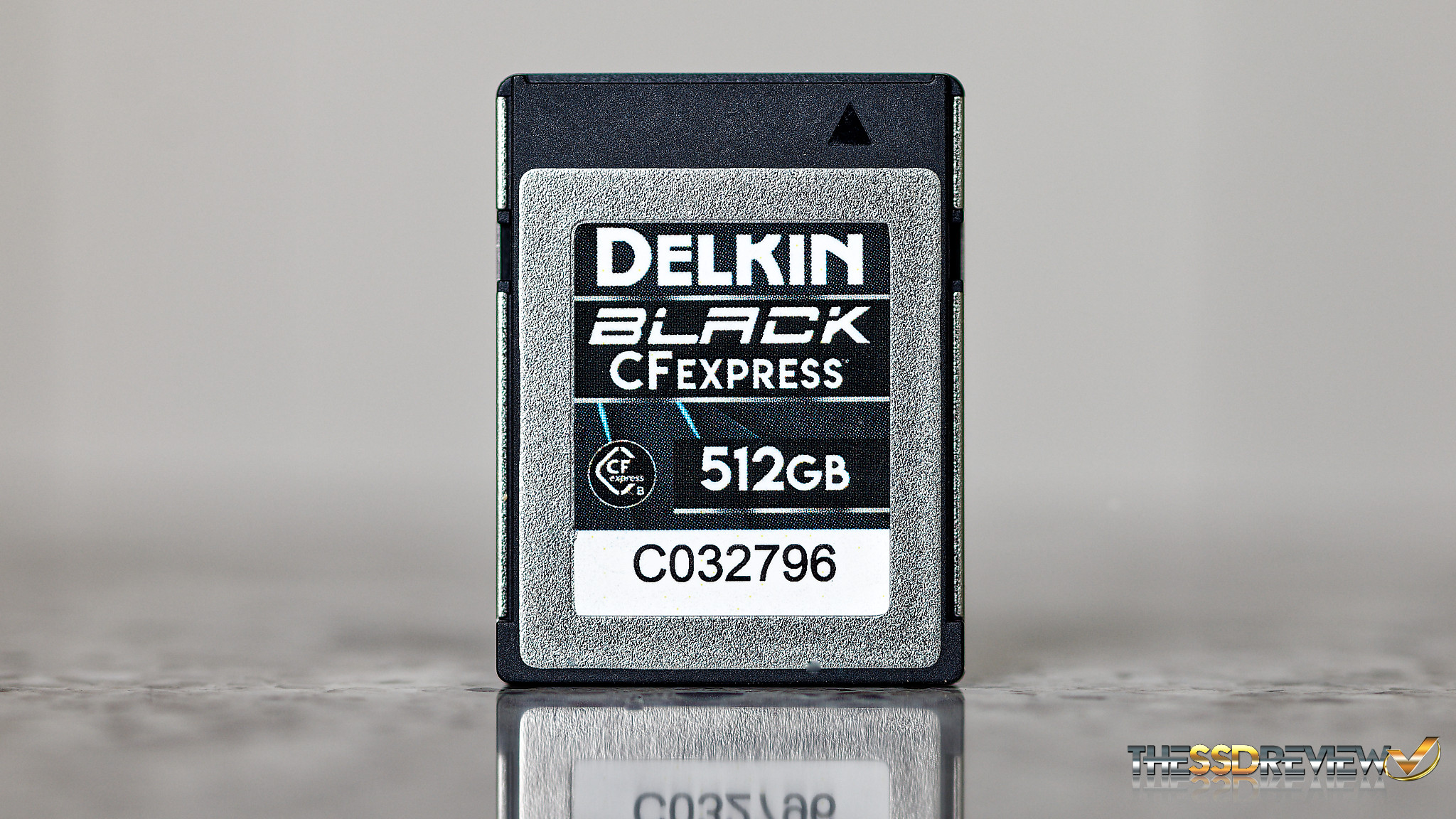These are obviously manual tests by people firing off shots in their cameras, so I do expect some variability. The Photographylife test even mentioned that they did the tests five times in an attempt to minimize the variability. What it does show is that multiple tests tend to have similar rankings of the cards and it also shows that neither the Z8 or Z9 are anywhere close to capable of using the max speed of the cards. Also, cards of different sizes tend to operate faster as the size increases, this may be due to the fact that cards tend to slow down once they fill up.
Bythom mentions that Delkin Black is the coolest card and that Prograde is in the same league and Angelbird not far behind.
Do you know of any tests that gauge temperature performance? Frankly, it's not an issue for me, I don't shoot that many bursts or much video.

Delkin Black CF Express Type B 512GB Memory Card Review – Incomparable Sustained Write Speeds and Low Temps - The SSD Review
In late 2020, Canon introduced the EOS R5 mirrorless camera and that set off a frenzy of companies r
 www.thessdreview.com
www.thessdreview.com

